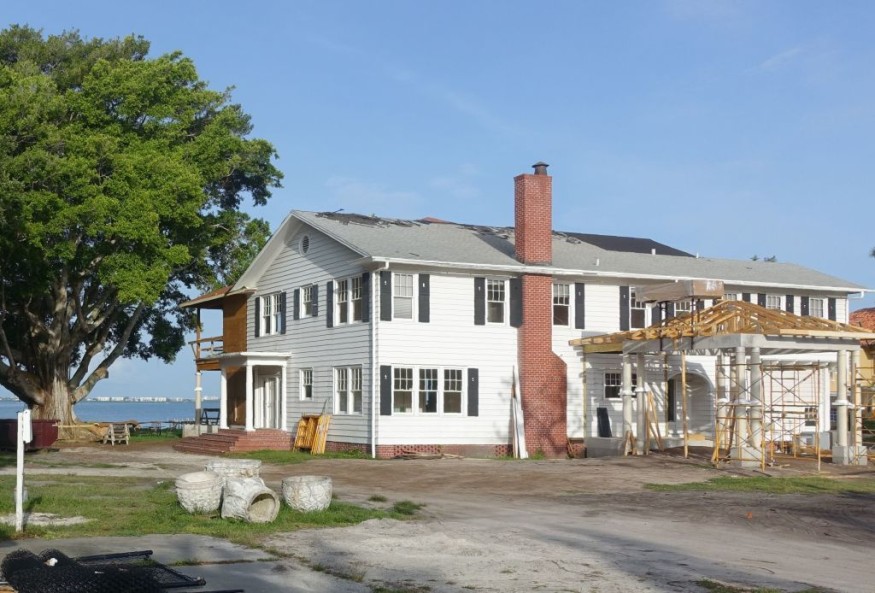Homeowners Insurance Rates Jump 15% as Insurers Flee Wildfire Risk

- Homeowners in areas prone to natural disasters, such as Florida and California, face challenges in maintaining affordable insurance coverage, with major providers like State Farm and Allstate declining policy renewals due to increasing risks.
- Insurance companies cite the growing costs of covering catastrophic damages from hurricanes, floods, and fires as reasons for withdrawing from certain regions or raising premiums significantly, impacting millions of Americans.
- Despite the nationwide issue, some insurers are offering lower rates to homeowners who implement safety measures to protect their properties, highlighting the importance of proactive risk mitigation strategies.
Millions of Americans are finding it increasingly difficult to maintain homeowners insurance, especially if they reside in one of the nation's rising numbers of places that are vulnerable to natural catastrophes.
Major insurance providers, such as State Farm and Allstate, have ceased to renew policies in places with harsh weather, such as Florida and California, forcing residents to find another provider at a greater cost. In Florida, a state that has witnessed a rise in strong hurricanes and coastal flooding, AAA also decided not to renew some policies last year.
In the case of an accident or inclement weather, homeowners rely on their insurance coverage to help with the high cost of replacing damaged property. However, insurers claim they are pulling out of some jurisdictions because it is too costly to cover citizens due to the possibility of catastrophic damage from hurricanes, floods, or fires.
Changing Weather Conditions
Meanwhile, the remaining insurers have chosen to raise their premiums. For instance, California state regulators approved Travelers Insurance's request last week to increase homeowners' premiums by an average of 15.3%. According to records the firm submitted with state regulators, more than 320,000 Californians who currently have Travelers coverage would be impacted by the premium hike.
According to Travelers' state filing, one reason for the proposed rate increase was "changing climate conditions."
Read also: Experts Predict the 2024 Homebuying Season
Homeowners Insurance Costs Across the US
According to insurance industry data supplier Quadrant Information Services, homeowners insurance costs Americans, on average, $2,153 per year, or $209 per month. According to Quadrant, Florida has the highest average yearly price in the US at $6,366, while Californians pay the lowest average of $1,452.
Of course, homeowners insurance problems aren't exclusive to Floridians and Californians. According to a Deloitte poll conducted in January, homeowners in 19 other states, such as Texas, Louisiana, and South Carolina, report "shrinking coverage options and skyrocketing costs of their residential insurance policies."
According to the Deloitte poll, not all insurers are raising prices or moving out of state. Some carriers will offer lower rates to homeowners who take precautions to keep their homes safe from calamities.
The content provided on MoneyTimes.com is for informational purposes only and is not intended as financial advice. Please consult with a professional financial advisor before making any investment decisions.
© 2026 MoneyTimes.com All rights reserved. Do not reproduce without permission.











